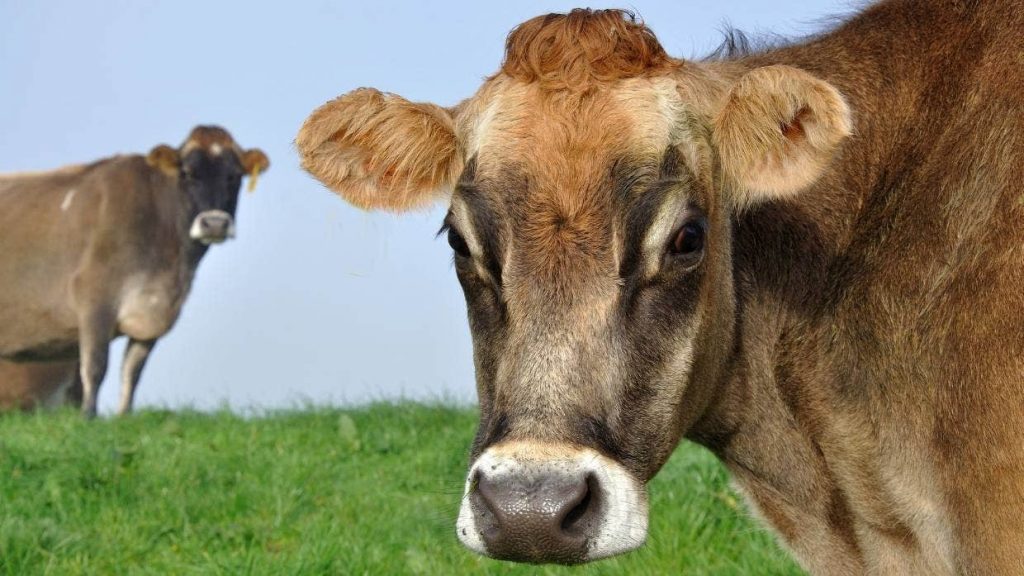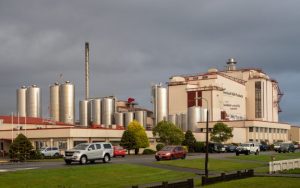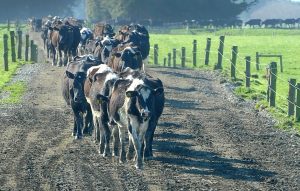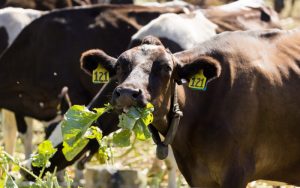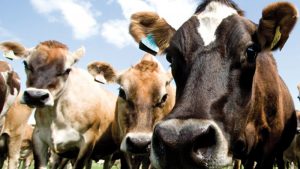
Weaker global demand has prompted some economists to lower their forecasts for Fonterra’s farmgate milk price for this season, after the co-operative reduced its own forecast last month.
Last week, ANZ pulled back its forecast by 25 cents to $8.25 per kilogram of milk solids, and Westpac trimmed its estimate by 35c to $8.40/kgMS. The forecasts are at the lower end of Fonterra’s latest guidance for this season of $8.20 to $8.80/kgMS, and down from a record $9.30/kgMS last season.
The forecasts suggest profitability will be a challenge for many dairy farmers this season, with DairyNZ estimating average dairy farm expenses across the country will increase 11% this season to $9/kgMS, although it will vary depending on individual farmer circumstances.
ANZ agricultural economist Susan Kilsby said debt repayments have slowed considerably this season and more farmers have been asking to switch their loans to interest-only terms to help them get through.
Reserve Bank data shows dairy farmer debt has been reducing since peaking at $41.7 billion in mid-2018. However it has started to climb again in the latest monthly data, rising from $36.39b in October last year to $36.51b in January.
“Heavily indebted farmers are really going to struggle through this time, particularly if their costs are quite high,” Kilsby said. “What we’ve seen over the last four or five years is an improvement in the dairy debt situation, and then we are trending back the other way now.”
Stats NZ data shows dairy farm expenses jumped an annual 17% in the December quarter. Interest costs surged 43%, fuel costs were up 29%, fertiliser costs shot up 28% and feed costs gained 23%.
“Costs have gone absolutely nuts,” Kilsby said.
Many farmers were seeing their interest costs double as they rolled off fixed rates, she said.
“If you’re too leveraged and you are not as financially secure, it makes it challenging to get through times like at present when costs have gone up and incomes down,” she said.
“It’s certainly making it tougher. There is a higher likelihood of failure.”

ANZ agricultural economist Susan Kilsby says farm costs have gone absolutely nuts. (File photo)
DairyNZ said farmers were used to dealing with volatility and a fluctuating milk price.
“There are seasons where the milk price is high and other seasons where we see the milk price decrease,” a spokesperson said. “They do prepare for the fluctuations and regularly set and review budgets to check costs are tracking with revenue and that’s never been more critical.”
ANZ’s Kilsby said the decline in dairy commodity prices over recent months appeared unlikely to abate in the next few months as milk flows increased, particularly in the Northern Hemisphere, and demand softened.
As the country’s biggest milk processor, Fonterra’s milk payment is closely watched and sets the benchmark for its competitors.
ASB has forecast $8.50/kgMS, in line with Fonterra’s midpoint, but flagged the risk of a price in the lower half of the guidance range. Rabobank also expects $8.50/kgMS and BNZ $8.60/kgMS.
Kilsby noted a lot of farmers had paid back some extra debt in the last few years which potentially gave them more of a buffer.
She said the tighter financial conditions would typically see farmers pull back discretionary spending like maintenance and capital purchases which would flow through the economy, impacting everything from plumbers and electricians to local car sales businesses.
“It flows right throughout,” she said.
She noted the more downbeat outlook was starting to impact the dairy land market.
“We’re not seeing any obvious fall in dairy land prices as yet, but certainly in some regions we’re seeing the number of farms on the market exceeding buyers so you would expect that to result in some softening in prices or farms just not selling, one or the other, something’s got to give.”
